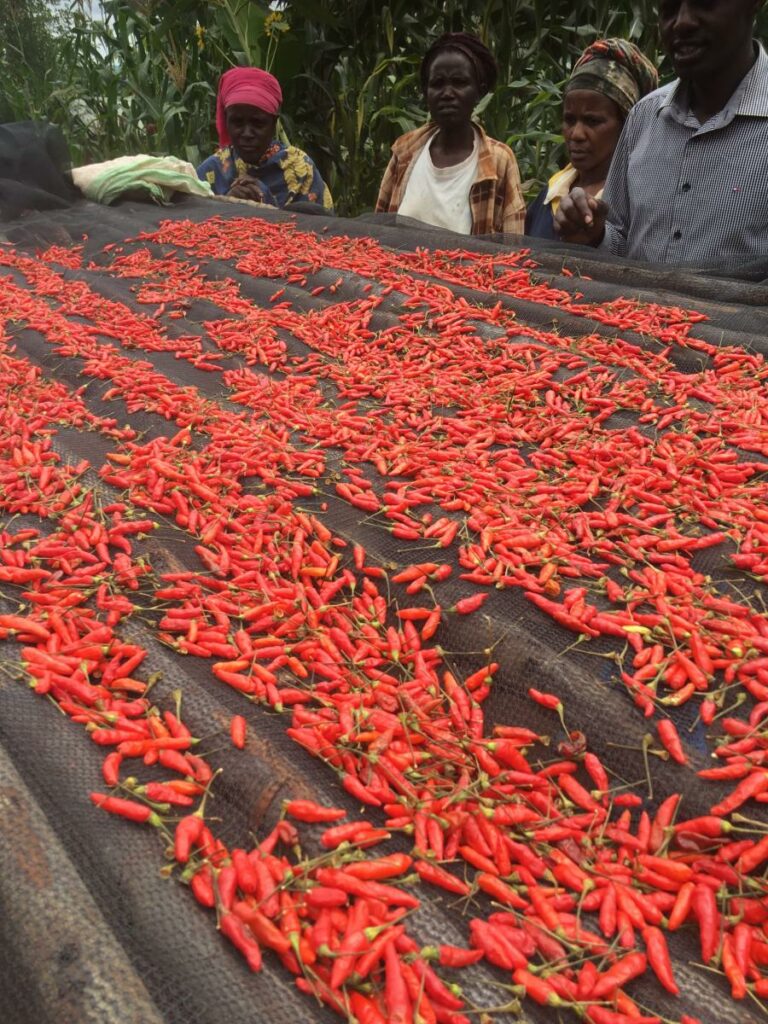Introduction: Exploring Rwandan Cuisine
Rwandan cuisine is a rich mix of unique flavors and aromas, deeply rooted in the country’s history and culture. The cuisine is a fusion of traditional African dishes with colonial and Indian influences. Rwandan cuisine is primarily known for its use of plantains, beans, cassava, and grains, which serve as the staple ingredients. Meat, including chicken, goat, and beef, is also a common ingredient in Rwandan cuisine.
Spices in Rwandan Cuisine: A Brief Overview
Spices are essential ingredients in many cultures, and Rwandan cuisine is no exception. Spices are used to add flavor, aroma, and color to dishes and are often the key to making a recipe unique. While Rwandan cuisine is not typically known for being exceedingly spicy, spices play an integral role in adding depth and complexity to traditional dishes.
Common Spices Used in Rwandan Dishes
Some of the most commonly used spices in Rwandan cuisine include cumin, coriander, ginger, garlic, and chili peppers. Cumin is often used to add a distinctive smoky flavor to dishes, while coriander lends a citrusy, slightly sweet taste. Ginger is used to add a spicy, earthy flavor, and garlic to add a pungent, savory flavor. Chili peppers are used sparingly but add a kick of heat to dishes. These spices are used in combination with each other to create complex flavor profiles in dishes such as stews, casseroles, and sauces.
Does Rwandan Cuisine Have a Reputation for Being Spicy?
Rwandan cuisine is not typically known for being overly spicy. While the cuisine does incorporate chili peppers, they are used sparingly and are not the main focus of most dishes. Instead, Rwandan cuisine is more characterized by its use of aromatic spices, which add depth and complexity to the dishes without being overpowering.
Regional Variations in Rwandan Spice Usage
Like any cuisine, there are regional variations in the use of spices in Rwandan dishes. For example, in the eastern region of Rwanda, the cuisine has a strong Indian influence, and therefore some dishes use a wider range of spices such as turmeric, cardamom, and cinnamon. In contrast, the western region typically uses fewer spices and focuses more on the natural flavors of the ingredients used in dishes.
Conclusion: Understanding the Flavor Profile of Rwandan Cuisine
Rwandan cuisine is a beautiful blend of flavors and aromas that are unique to the country. While spices play an integral role in the cuisine, it is not typically known for being excessively spicy. Instead, Rwandan cuisine is characterized by its use of aromatic spices that add a depth of flavor to traditional dishes. Regional variations in spice usage also add to the diversity of the cuisine and showcase the versatility of Rwandan cooking.

